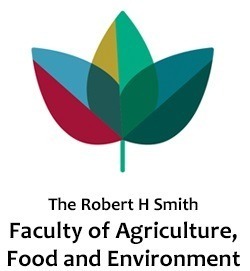Citation:
Abstract:
We examined the temporal and spatial variation patterns of the grazing activity of free-ranging cattle in Mediterranean oak woodland in the Western Galilee, Israel, as affected by seasonal and management factors. The vegetation is dominated by scrub-oak woodland (Quercus calliprinos Webb.), interspersed with patches of semi-dwarf shrubs and herbaceous vegetation. High and moderate animal population densities of 0.55 and 0.33 cow ha−1, respectively, were replicated twice. Cattle behavior was monitored with activity sensors on GPS collars, and pedometers, and spatial data were processed with Geographic Information System (GIS) tools. Overall, cattle devoted 9.7 ± 0.7 h/day to grazing, mostly in woodland areas, although they are natural herbaceous grazers. Behavior was associated with seasonal changes in biotic and abiotic factors. Preference for the woody vegetation types was detectable over the annual time scale but large seasonal differences in preference canceled out to a large extent when viewed at that time scale. Cattle under high density spent more time grazing and made more use of woody vegetation and steeper slopes. Thus, relatively high population densities may be required for landscape-oriented management. The present findings should contribute to rational management of cattle grazing in Mediterranean woodlands. © 2016 Elsevier B.V.

